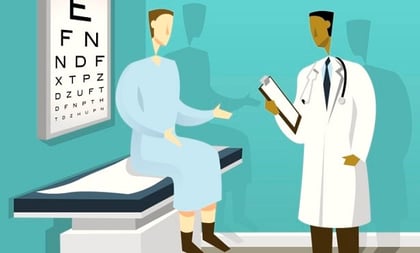More and more Americans who get their healthcare insurance where they work are choosing to enroll in high-deductible plans, according to a new report from the Centers for Disease Control and Prevention.
(Related: More People Under 65 Have HSAs: CDC)
The most obvious driver of this trend is that high-deductible plans mean lower premiums for both the worker and the plan sponsor.
But when someone in such a plan has an accident or a serious illness it’s good to have a backup. That’s certainly why a growing number of financial professionals are educating their clients about the advantages of health savings accounts (HSAs).
HSA Primer
To be eligible to open an HSA, the individual must already be covered under a qualified high-deductible health plan. They won’t work for everyone, but for those who qualify, an HSA can provide both savings and tax-advantaged investment opportunities.
In a lot of ways HSAs are analogous to 401(k)s in that the money goes into the account before taxes, and earnings on those contributions (through whatever investment vehicles an individual may select) are not taxable.
Like a retirement account, withdrawals made before the age of 65 for non-qualified expenses are subject to a penalty in addition to regular income tax. But HSA withdrawals made for qualified expenses (which include a variety of routine health care products and services, as well as long-term care insurance premiums) are always tax and penalty-free.
What Could Change
If some version of the language in two House bills, H.R. 6199 and H.R. 6311, becomes law, the range of health-related items that an HSA can be used for could be greatly expanded.
Both bills passed the House this summer, with bipartisan support,
H.R. 6199, the “Restoring Access to Medication and Modernizing Health Savings Accounts Act” bill, would:
- Allow the accounts to pay for certain over-the-counter medical products that were previously not considered qualified expenses (including menstrual products).
- Would eliminate the current requirement that an individual obtain a prescription in order to use HSA funds to pay for over-the-counter medications.
- Provide that up to $500 in spending per individual, or $1,000 per family, for certain sports and fitness expenses, such as gym memberships and physical exercise programs would be treated as amounts paid for medical care.
Direct primary care (DPC) arrangements are becoming an increasing popular alternative to fee-for-service practices.









 October 05, 2018 at 05:34 PM
October 05, 2018 at 05:34 PM












 Anne Richter is president of
Anne Richter is president of